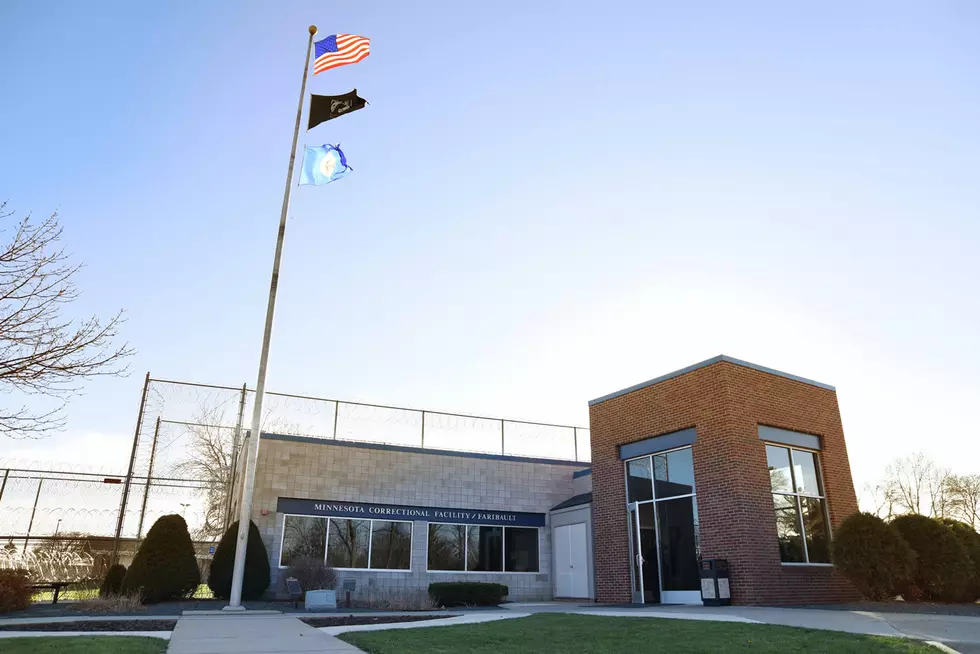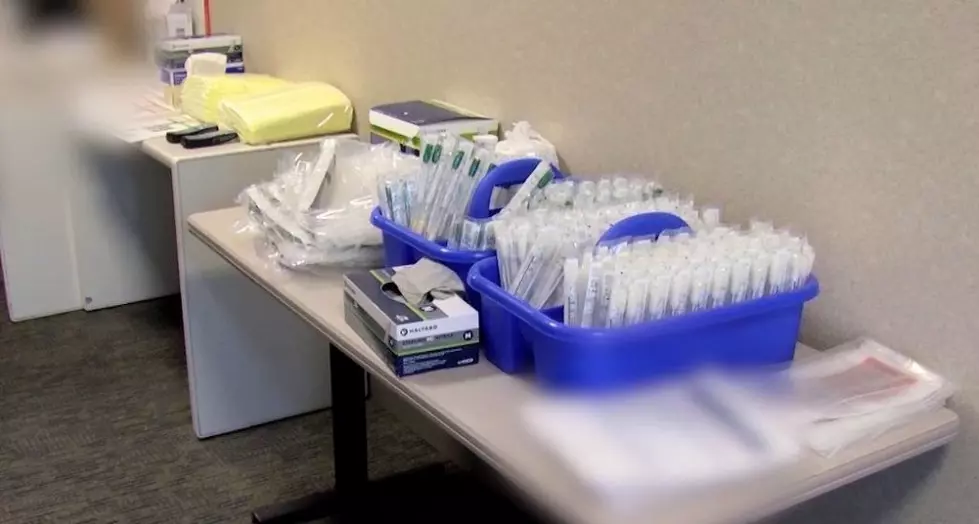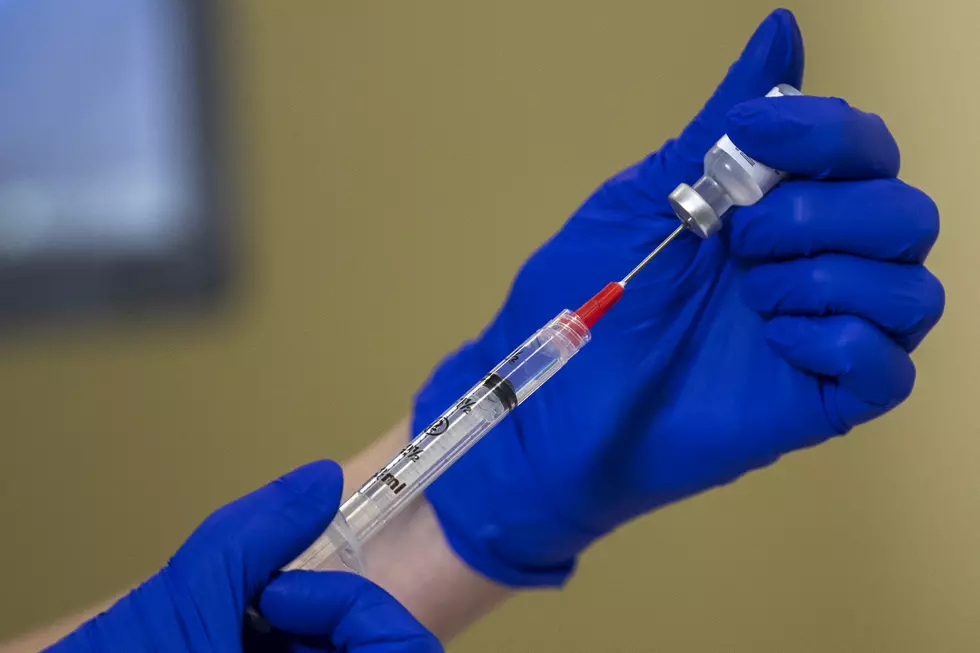
Monarch Butterfly For Now Not On Endangered Species List
The U.S. Fish and Wildlife Service will not be putting the monarch butterfly on the Endangered Species List, at least at the present time. "While adding the monarch butterfly to the list of threatened and endangered species is warranted, it must focus on higher-priority actions." I guess the official term is "warranted-but-precluded." This means the monarch butterfly will be considered a "candidate species." That means the U.S. Fish and Wildlife Service will study and review the monarch butterfly "candidacy every year.
Yes, as a farmer and land owner I was relieved that the monarch butterfly will not be put on the Endangered Species List. If it had been there may have been regulations on tillage or what crops I could plant on my land. We have all heard stories about a farmer that lost the use of their land because of an endangered species being found on their land! So, maybe we can all do things to help the monarch butterfly without regulations?
The monarch butterfly feeds on nectar from many flowers. However, the monarchs lay their eggs on milkweed plants. The monarch caterpillars can only survive on milkweeds. No milkweeds means no monarch butterfly either. So, is there a way we can get more milkweeds on the landscape? The last couple years I have noticed some milkweed plants growing in my grass waterways on the farm.
I was spot spraying waterhemp and giant ragweed in the waterway. The herbicide I was using would have killed the milkweeds too. But, I did not spray the milkweeds. It has been decades since I have seen a milkweed growing in my corn or bean fields. The herbicides I am using must be doing a good job of controlling milkweeds. Therefore I was not concerned about the milkweeds spreading into the field and becoming a problem.
So, I will give myself a "pat on the back" because I am doing my small part to help the monarch butterfly. I have heard of many land owners actually planting milkweeds on some land enrolled in conservation programs too. Even folks living in cities can do their part. Plant a few milkweeds in some of your flower beds or by your shrubs.
Thank you to Claire LaCanne at the University of Minnesota Extension office in Rive and Steele County for the picture and information on the monarch butterfly!
EPIC: 12 Adventures All Minnesotans Must Take Before They Die
More From Y-105FM










